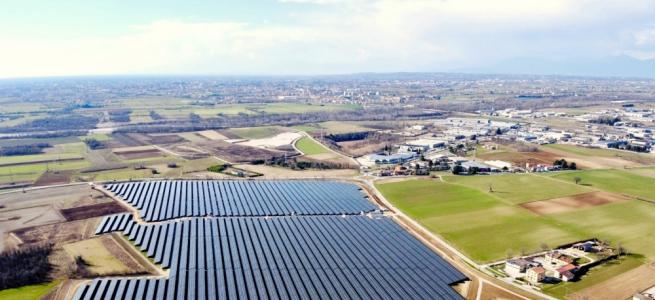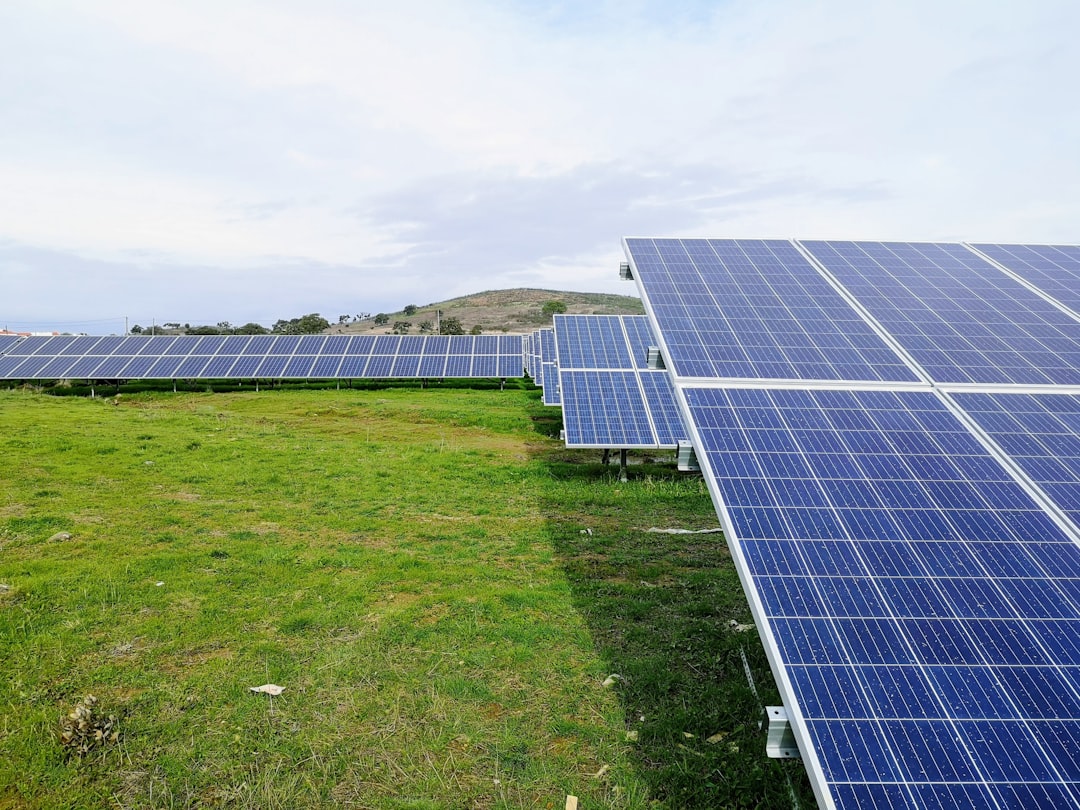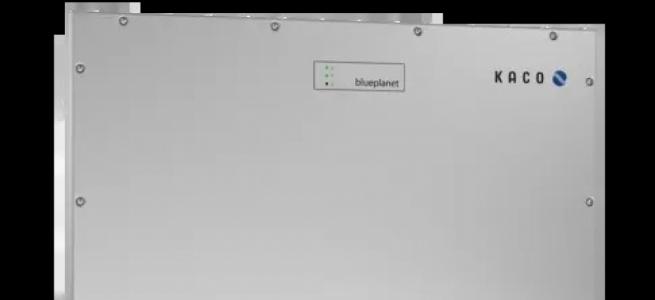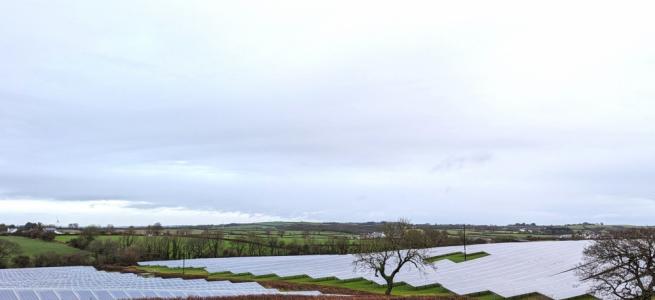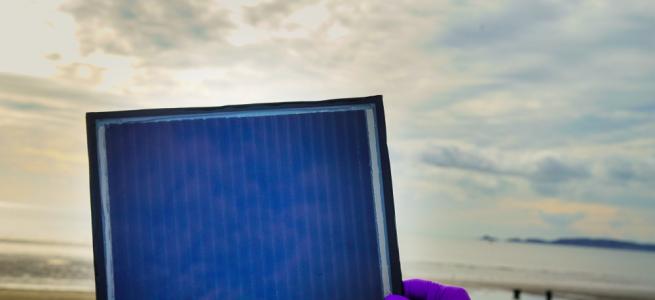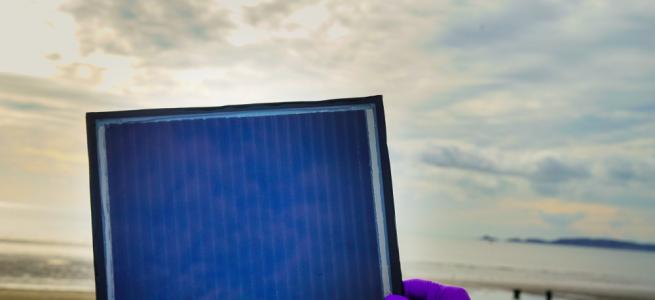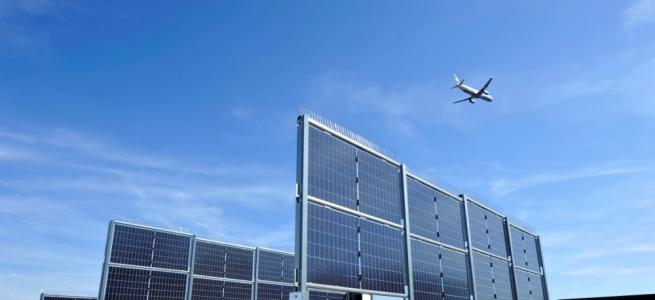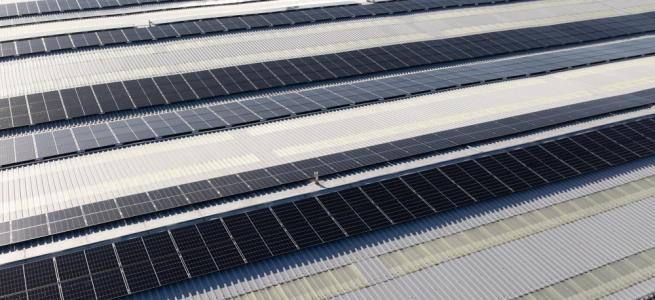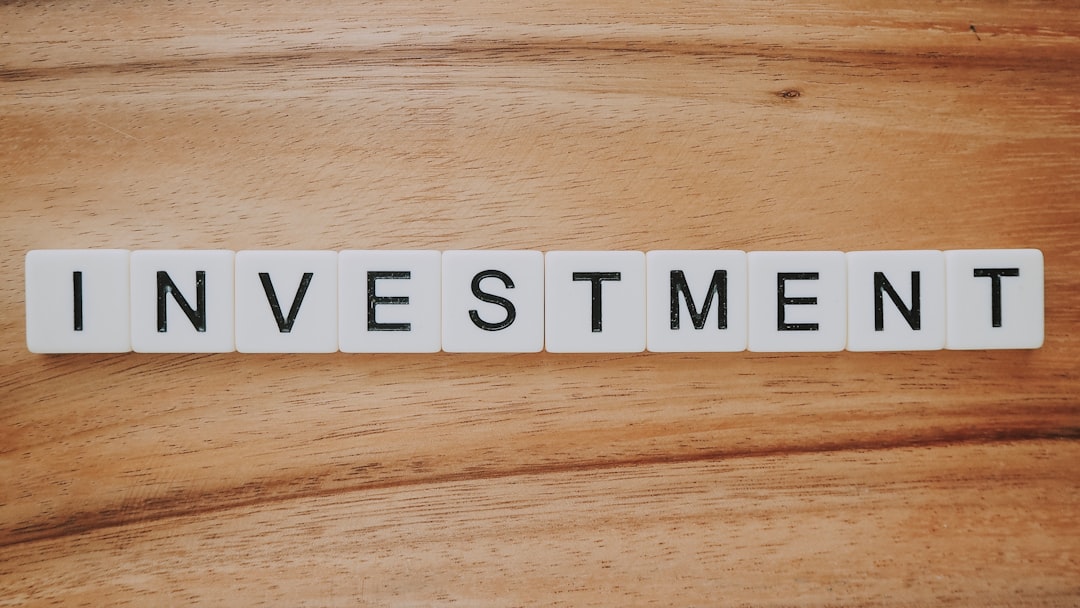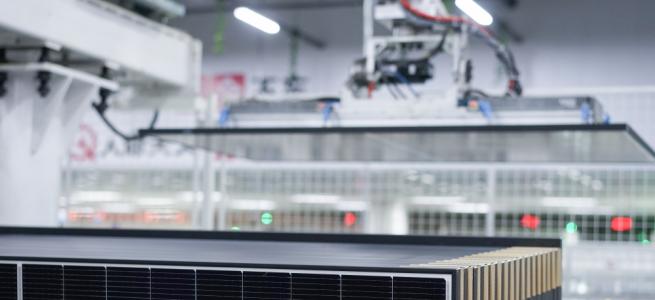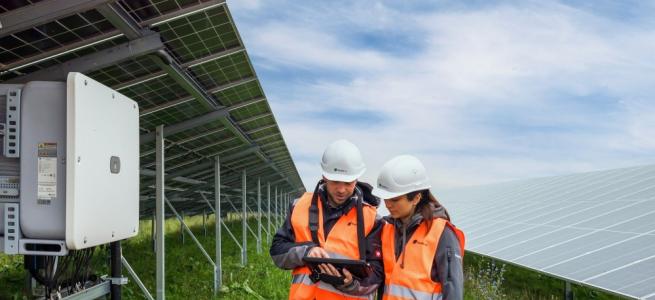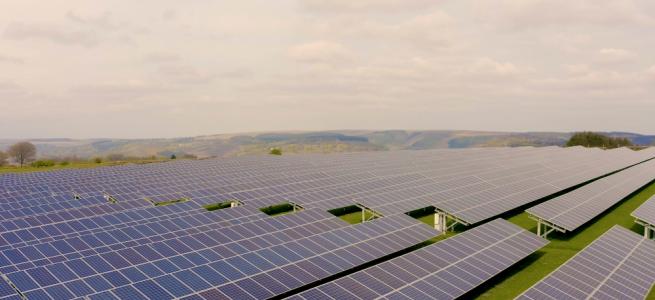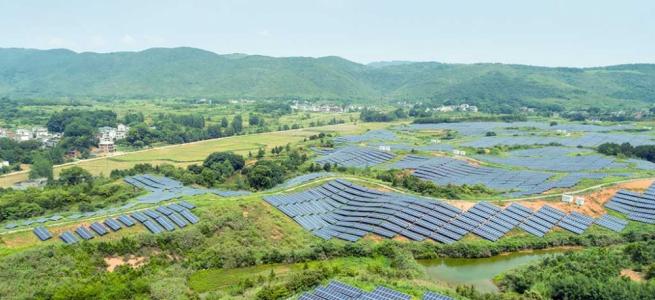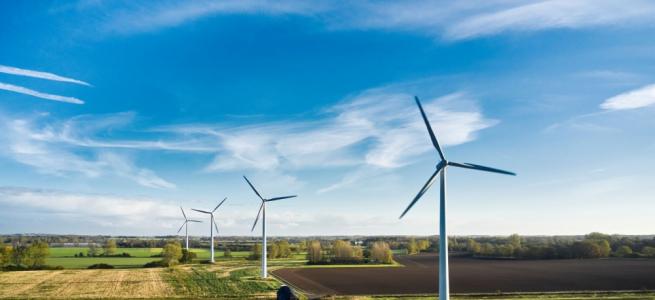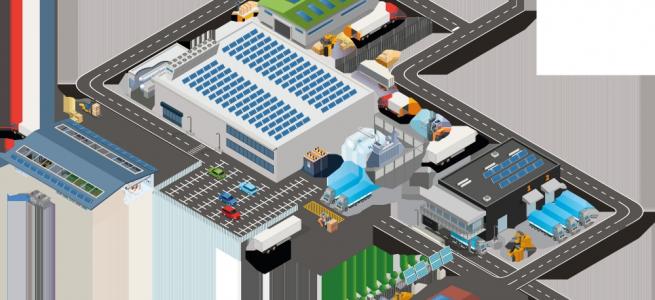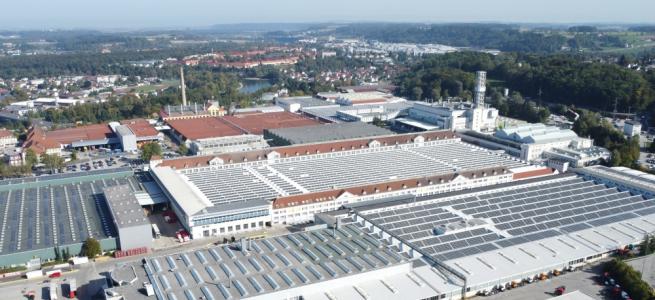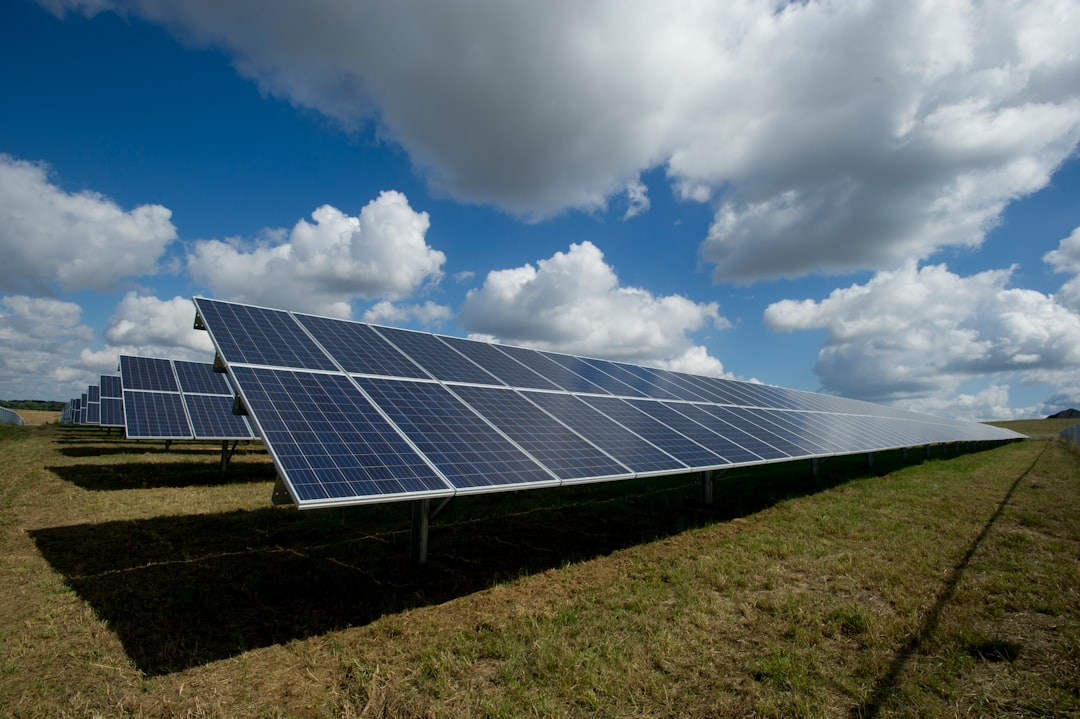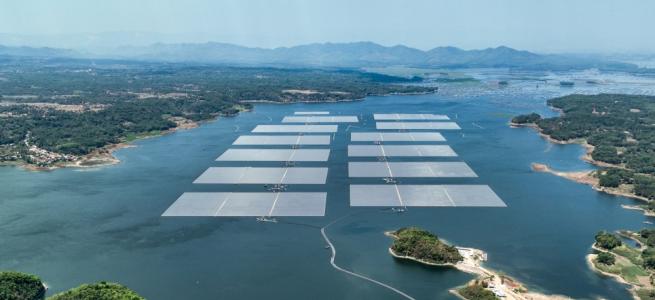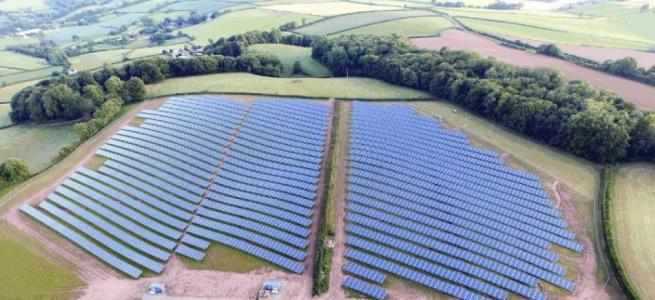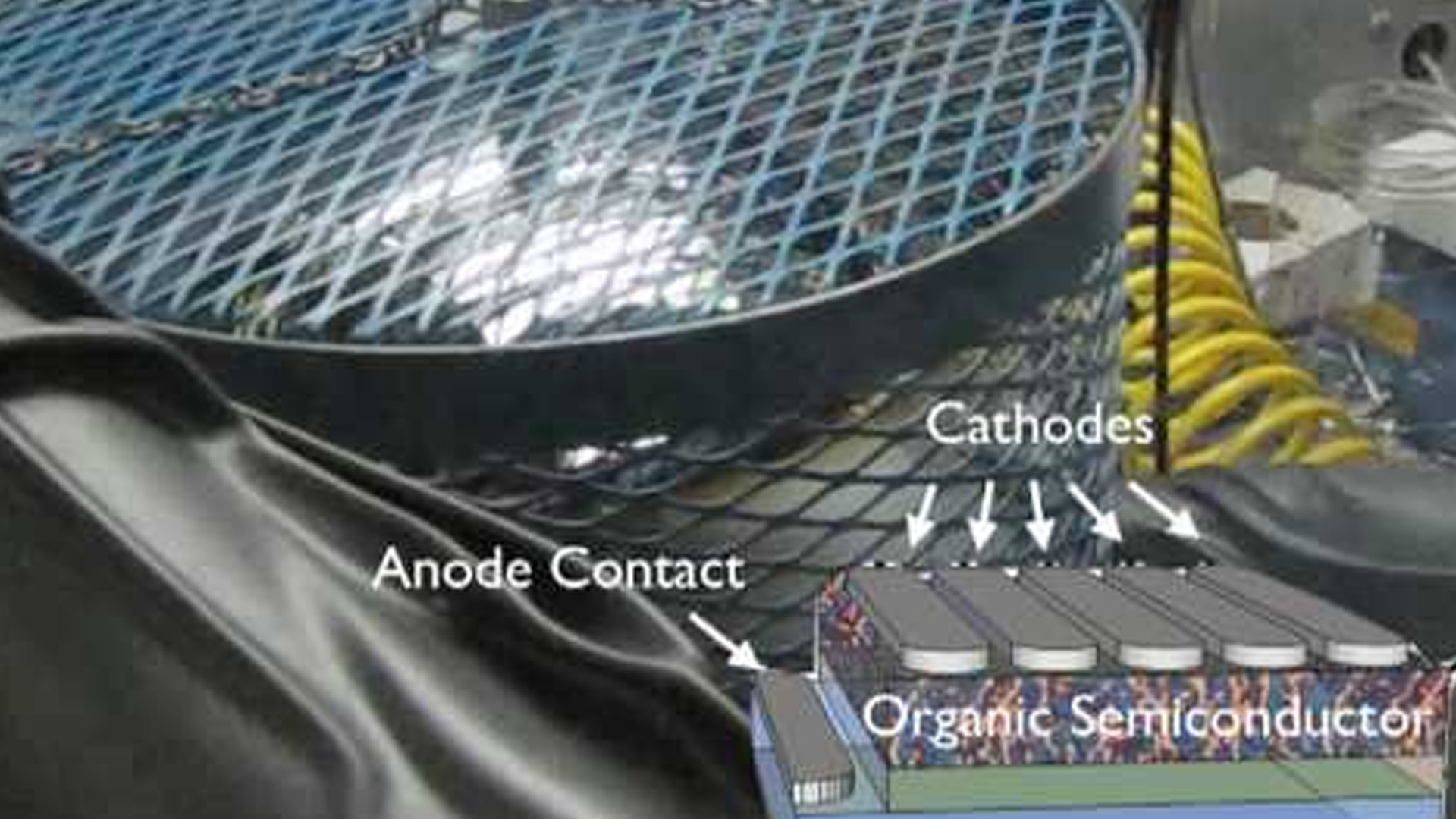Worley and Princeton researchers release report proposing a bold new approach to meet the EU’s 10 MPTA renewable hydrogen target

Worley, a global project delivery and asset services provider, and researchers at Princeton University’s Andlinger Center for Energy and the Environment, have developed a new action plan for the renewable hydrogen sector. The recommendations have been made in the ‘From Ambition To Reality 3 – steps to accelerate net zero delivery’ paper, published today as part of a series that examines the infrastructure delivery challenge of reaching mid-century net zero.
Findings in the report include that an eight-to-12-fold increase in global electrolyser manufacturing capacity, four-fold increase in annual capacity additions for offshore wind every year, and a 35% increase in desalination capacity additions are required by 2030 to meet the EU’s ambitious goal of 10 MPTA of renewable hydrogen production by 2030. The paper finds that traditional delivery methods will be simply too slow to deliver the infrastructure needed and the EU production target is at risk.
Applying a new radical delivery paradigm, Worley and Princeton researchers have devised the ‘EU Renewable H2 Initiative Plan’, a ten-point plan for the industry with clear and actionable recommendations. The report finds that through broad adoption of the plan by infrastructure participants, delivery times could potentially be reduced by 40% while maintaining a disciplined approach on investment. Widespread and effective adoption of their proposed new delivery paradigm by 2030 will be essential for the region to meet its broader net zero targets.
Discussing the new ten-point plan, Sue Brown, Executive Group Director from Worley, said, “We know that the desire to deliver on net zero is strong across the industry, but that needs to be backed up by a pragmatic plan to get there. The EU Renewable H2 Initiative Plan provides a guide for infrastructure participants, outlining tangible steps to drive the necessary transformation to meet the scale and pace required for mid-century net zero."
According to the report, 25 projects at a scale of 3 GW electrolyser and 400 KTPA need to reach commercial operation date (COD) by 2030 to meet the EU’s target. The report found that the timeline required to deliver these projects is likely to be a minimum of 8 years and timelines beyond 10-years are probable, meaning a change of approach is required to bring the goal back within reach.
The initiatives proposed in the plan include government underwriting of demand and streamlining permitting, the use of standardisation within the hydrogen industry, and the widespread sharing of industry information and best practice. These recommendations go far beyond existing industry practices and will require a shift in current approaches where knowledge and expertise are often held in-house to maintain commercial advantages.
Reflecting on the scale of the challenges required, Dr Paul Ebert, Group Director Sustainability Leadership from Worley, continued, “Our findings highlight the urgency of strategic and substantial actions within the renewable hydrogen sector. The proposed initiatives go significantly beyond current practices seen within the industry, but this new level of collaboration and support will be essential for driving investment faster, steering the region towards both sustainable and environmentally conscious energy production.
“In the paper we also outline pragmatic steps that participants in all clean energy value chains can adopt to build momentum towards the critical decades of 2030 and 2040s.
“Worley and Princeton researchers are championing the change needed to accelerate the path to net zero and challenge other industry participants to work with us to turn ambition into reality.” Dr Ebert said.


